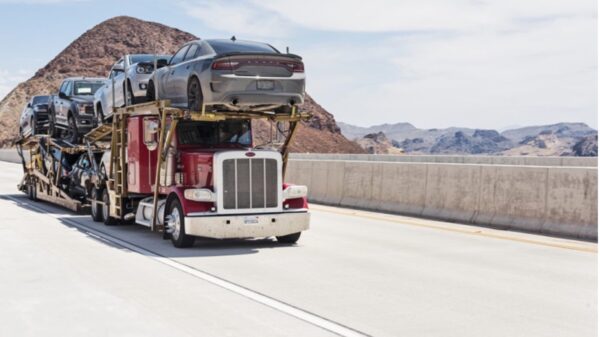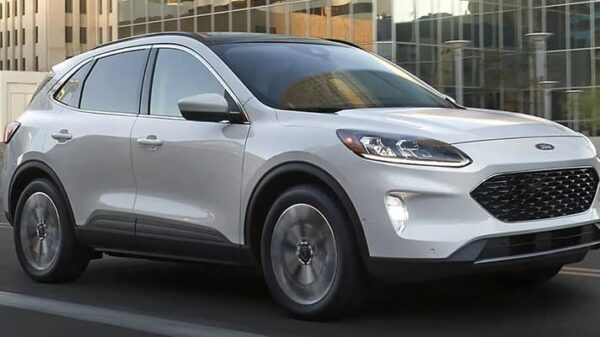Mobile commerce sales accounted for approximately 29% of all eCommerce sales in 2015. More than anything, these figures indicate that the use of mobile for shopping purposes is growing faster than online retailers have a chance to keep up and master the art of mobile eCommerce conversion.
What is more, consumers’ expectations of mobile retail experience is higher than ever. 64% of smartphone users expect a mobile ecommerce site to load in four seconds or less, and a quarter of online shoppers will abandon the cart if the navigation of a mobile commerce site is too complex.
With all of this in mind, you would think online retailers would up their mobile game just to scoop up a couple of these very real and very willing mobile conversions. Many industries though will only result in a 1% conversion rate from mobile devices. So, where are online retailers going wrong
And what can be done to fix this, and fast?
Remain Consistent & Transparent across Channels
A mobile site should remain an extension to your overall brand and business, not a unnatural ‘add-on’ which has been solely created to generate leads. Your mobile site should provide your visitors with the same experience as any other one of your channels. This ‘same experience’ should include all your core branding, as well as deliver all the core functions your desktop site does. These core functions include a search tool, a location map, contact forms, similar checkout process, etc.
Transparency across all channels is also crucial. Your mobile site should evoke trust, just like your desktop site. To do this, genuine contact numbers and addresses are important for legitimacy. Car Hire company, First Self Drive, for instance captures their mobile traffic effectively from the offset and provides visitors to its website with various ways to contact them.
Give the Consumer what they want and when they want it
If the reports are correct, retailers only have a brief 4 second window to impress the consumer, which isn’t long at all. According to Kissmetrics, the maximum time a typical internet user will wait for a page to load is 10 seconds. Remarkably, a one second decrease in page load time can result in approximately 7% increase in conversion. The same applies with checkout pages. If a checkout page takes up to 4 seconds to load, the cart abandonment rate reaches 25%.
When it comes to mobile sites, it is safer to stick to continuous scrolling pages. Although several product pages may not make any difference to desktop traffic, mobile users are not in the headspace to be waiting for each individual page to load to display a mere 10 products.
Focus on the Cart
A shocking 97% of mobile carts are abandoned, according to SeeWhy. This is predominantly due to the cluttered nature of a majority of mobile shopping carts-riddled with unnecessary elements.
Instead of investing heavily in product assortment, design, and merchandising of your mobile site, try and have a dedicated strategy for your checkout process. Do all you can to split test the most streamlined version of your mobile checkout, eliminating unnecessary steps and waiting times. What is more, give your customers payment options by investing in mobile payment technologies like ApplePay, Google Wallet, PayPal, Visa Checkout, etc. Mobile users will avoid typing in card details over and over wherever they can.
Adopt Video
By the end of 2015, over 50% of digital video downloads were from mobile devices, according to Ooyala. Numbers are also in favour of video increasing retail sales conversions. Kissmetrics has reported that shoppers visiting a homeware retailer website for example were 144% more likely to purchase after watching a product-related video.
Adding product videos could be a profitable way to increase the conversion rate of your ecommerce site on desktop and on mobile.
All in all, the landscape of mobile commerce is changing and transforming at the speed of light, so any improvements made to your mobile site can be make a substantial difference to your overall revenue.
Chloe is a recent graduate from the University of East Anglia. She enjoys writing about social media and film.
























































































































































































